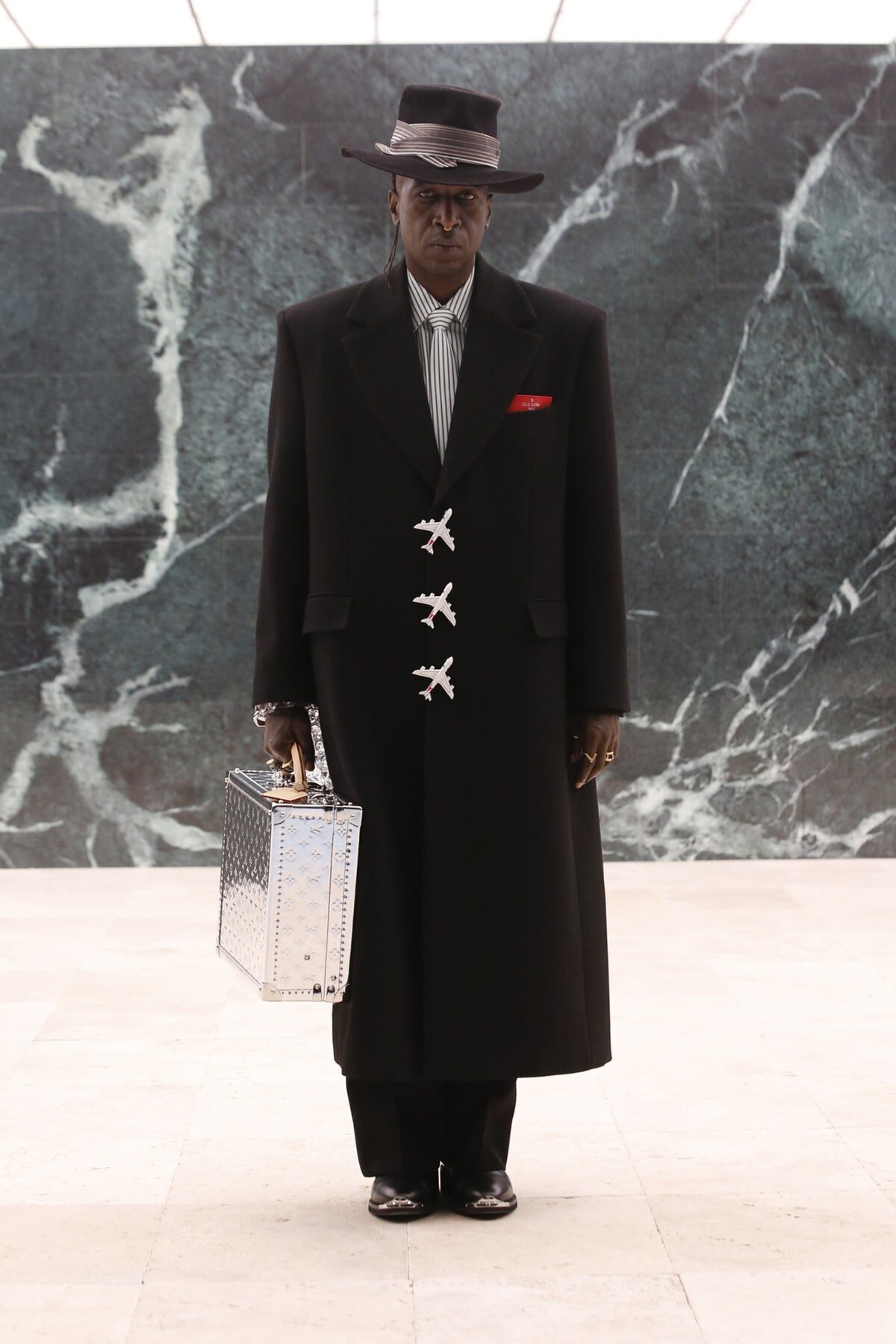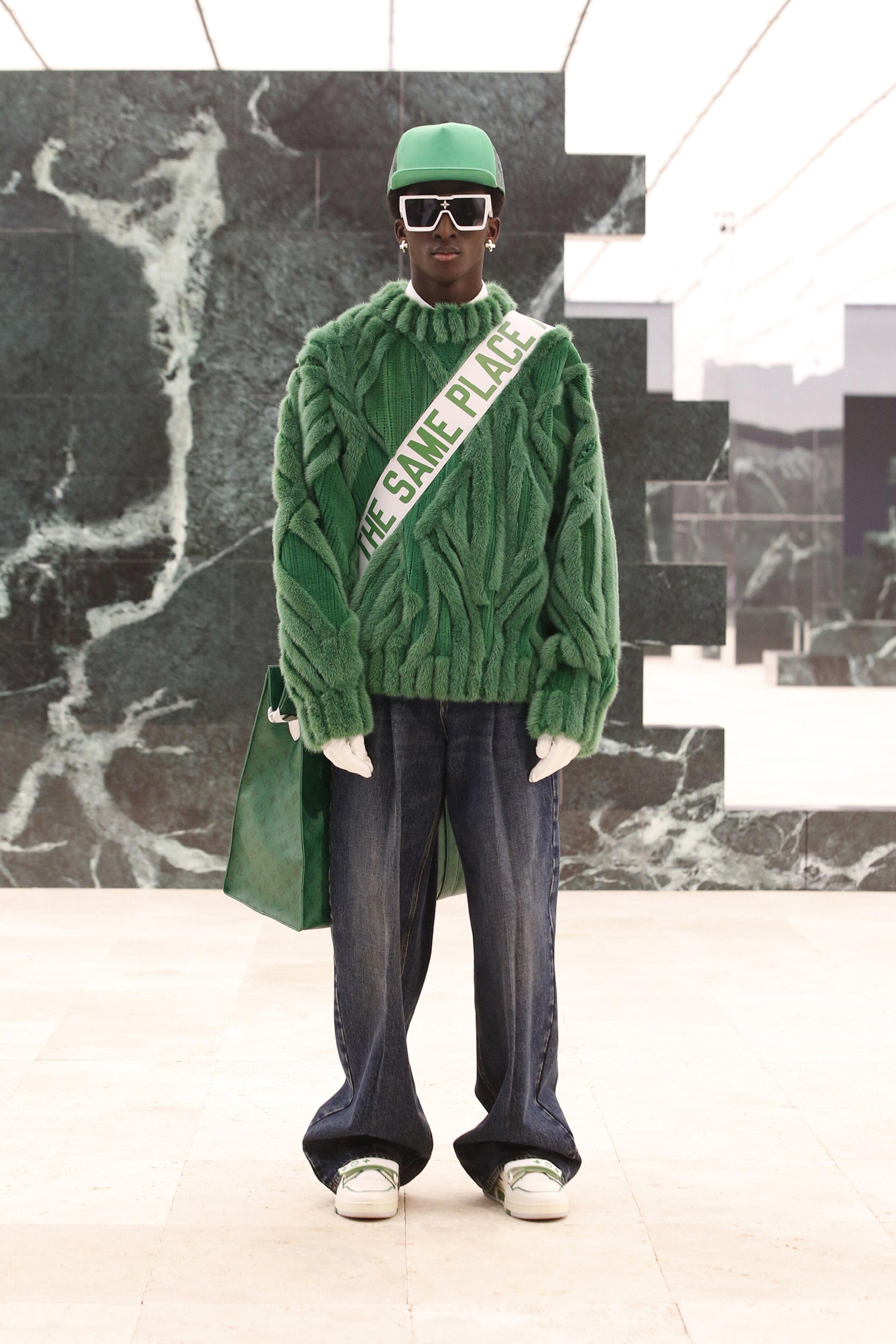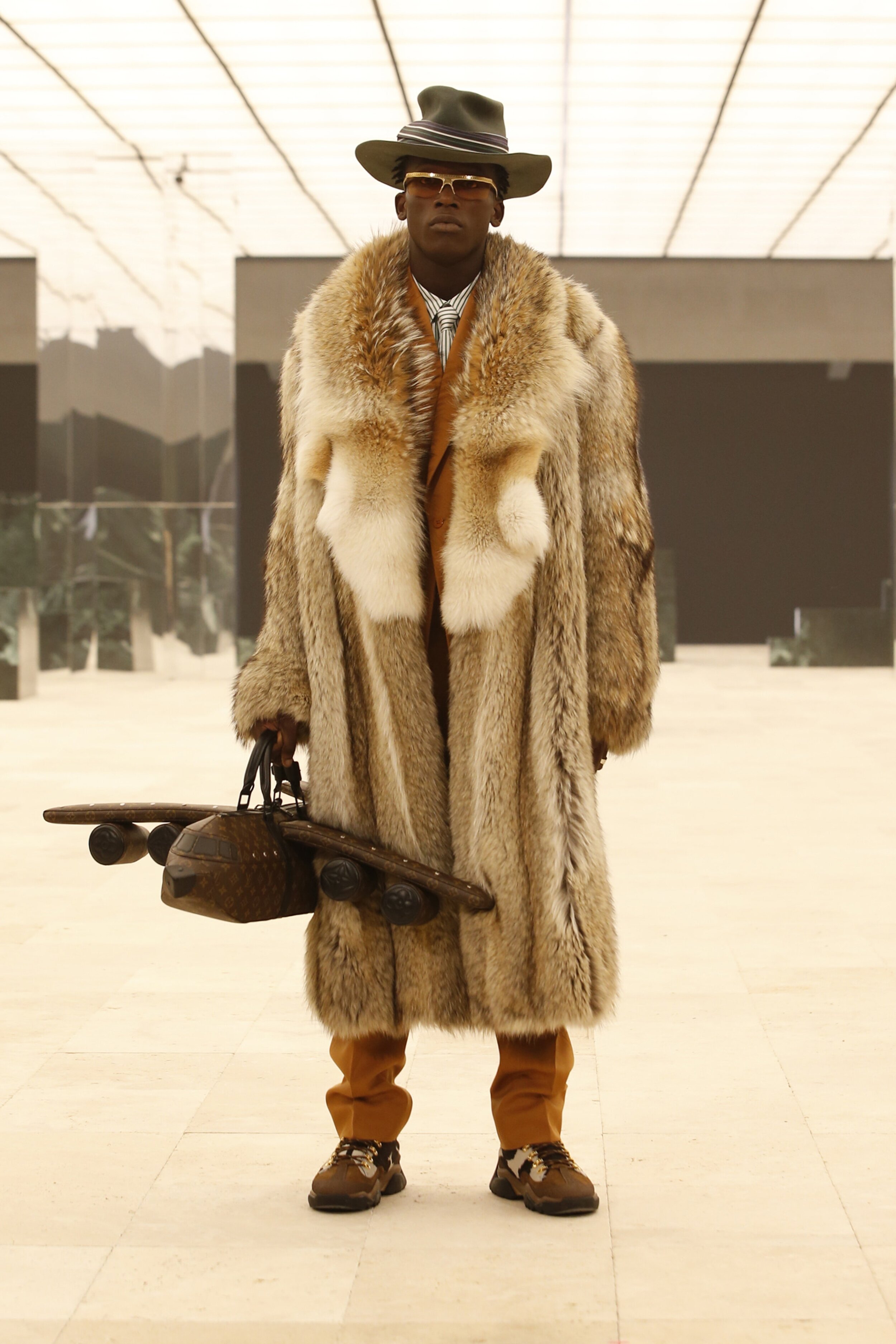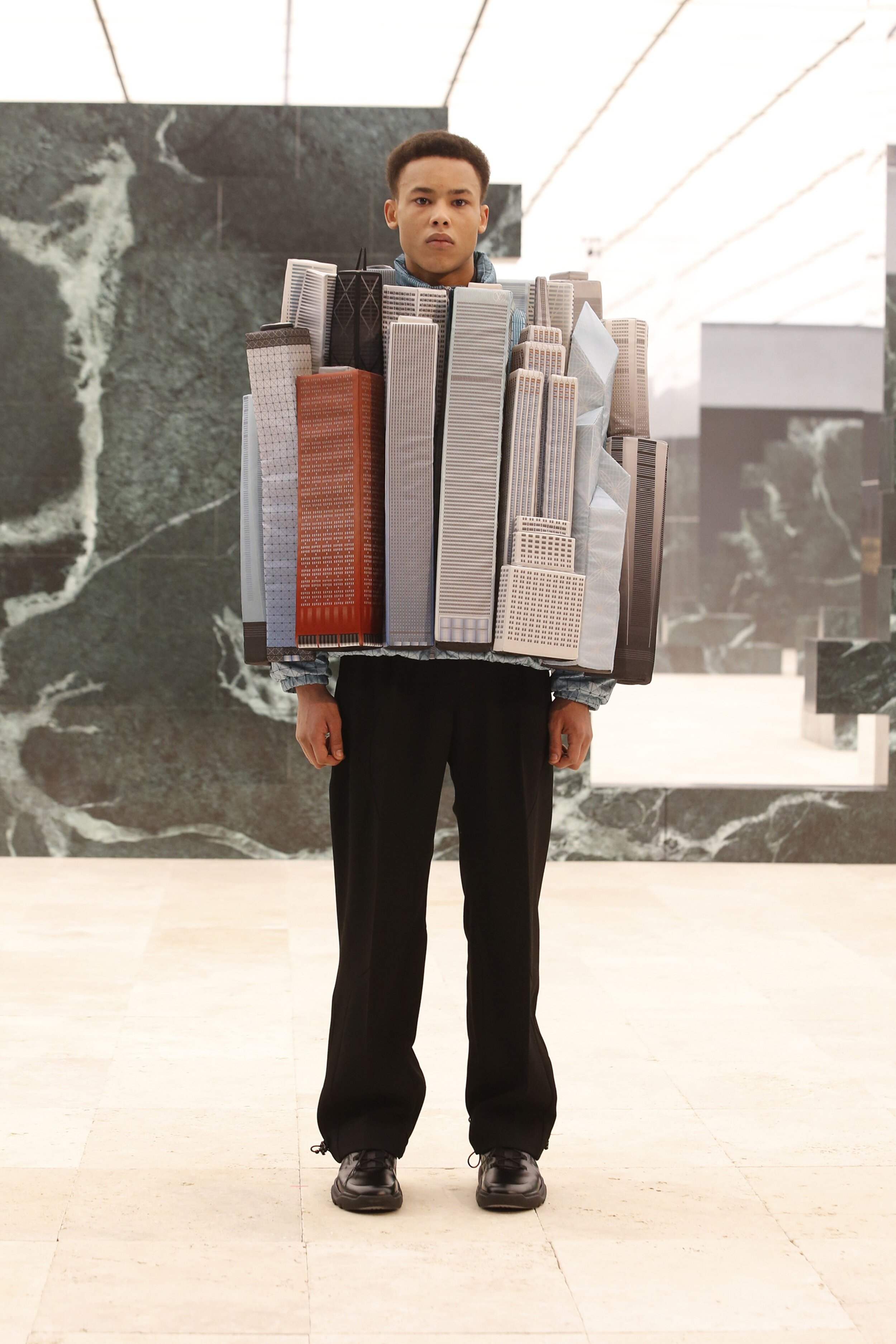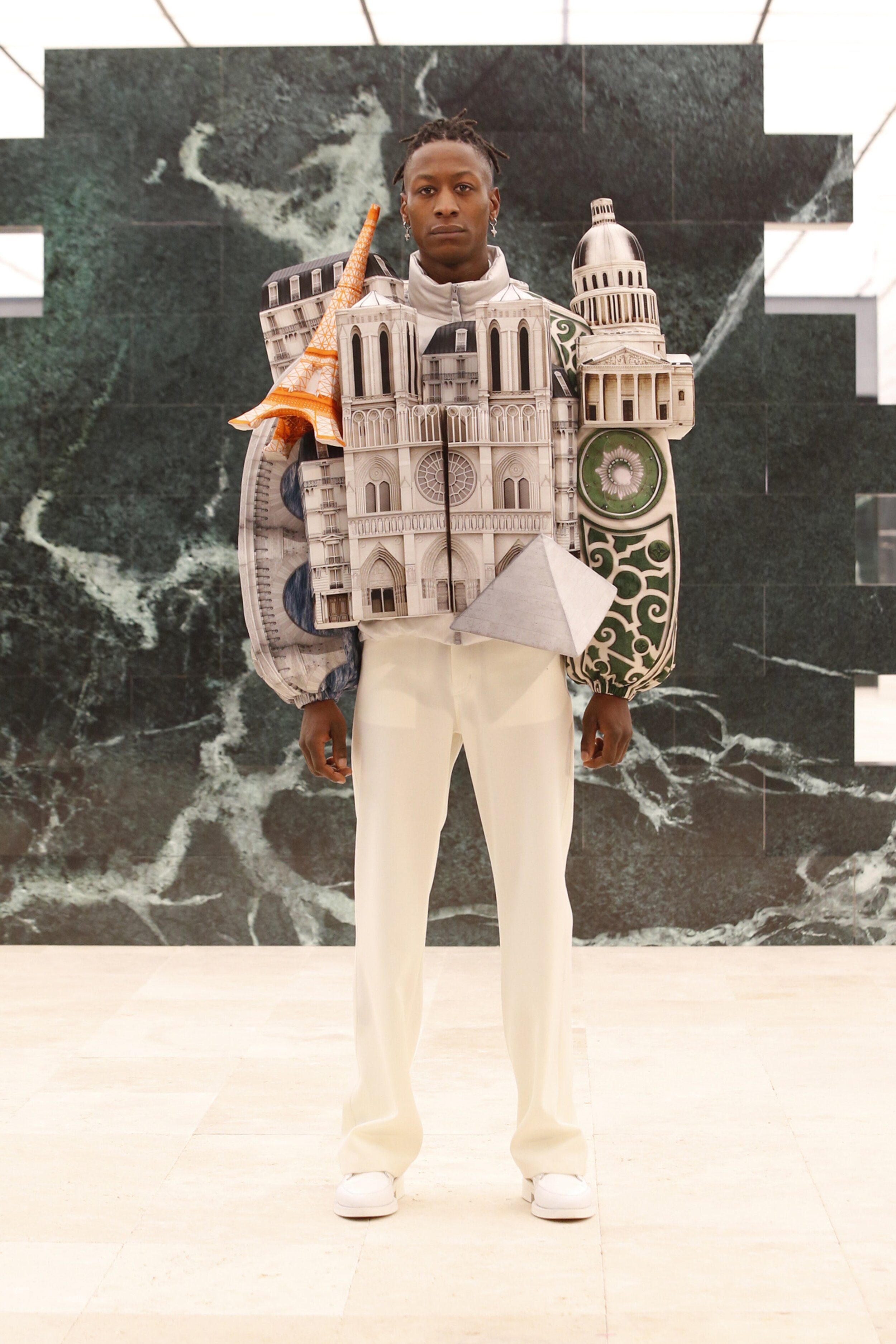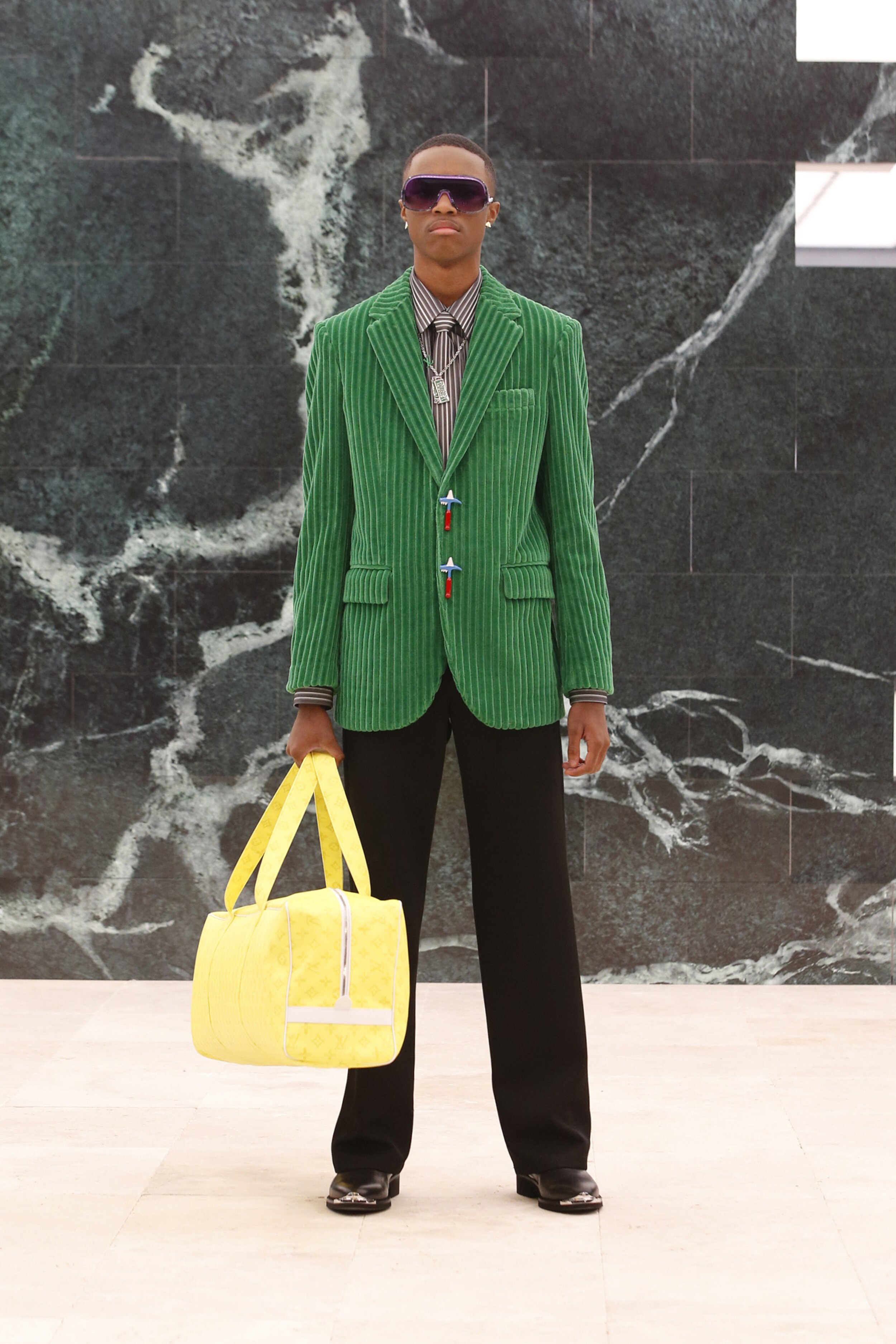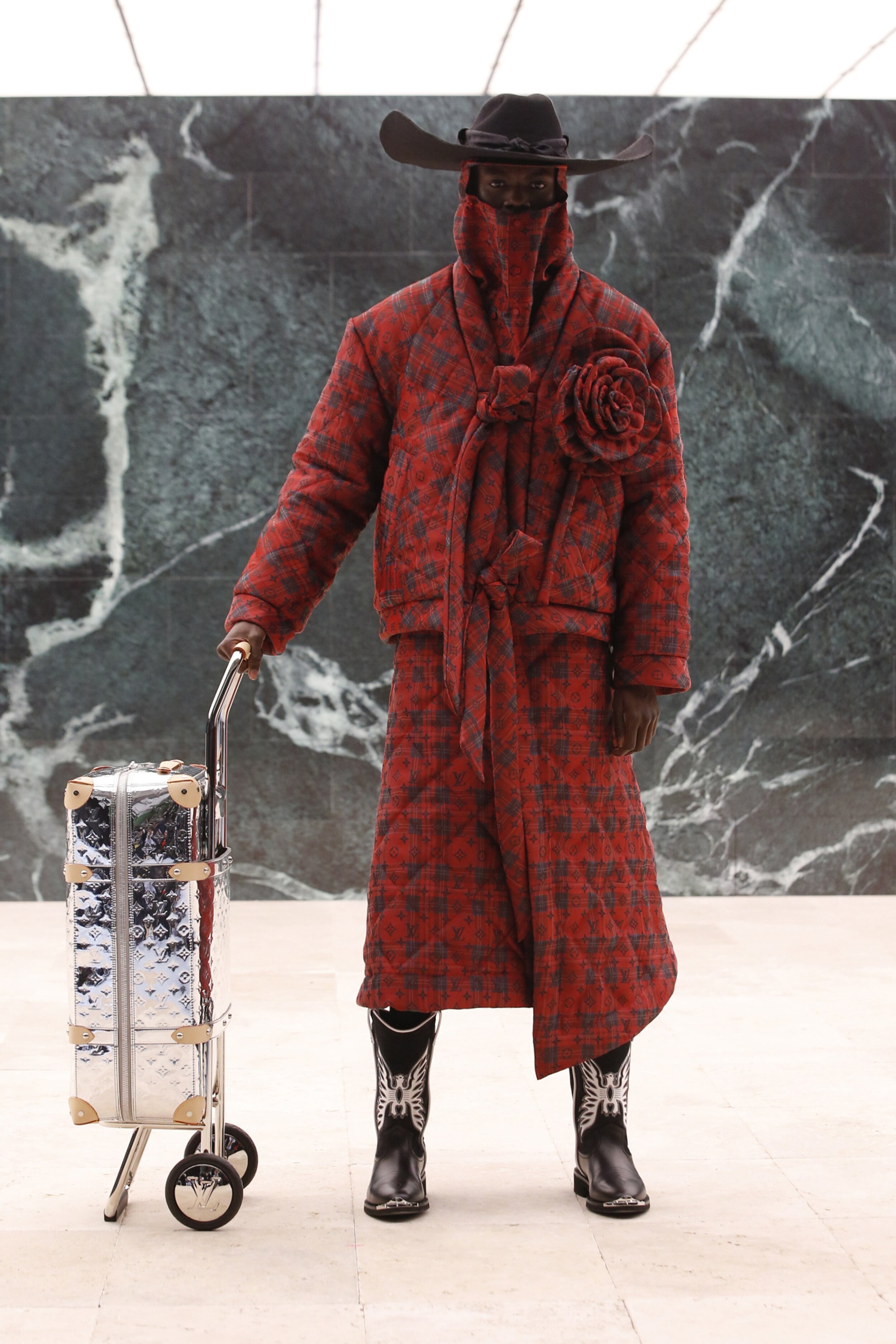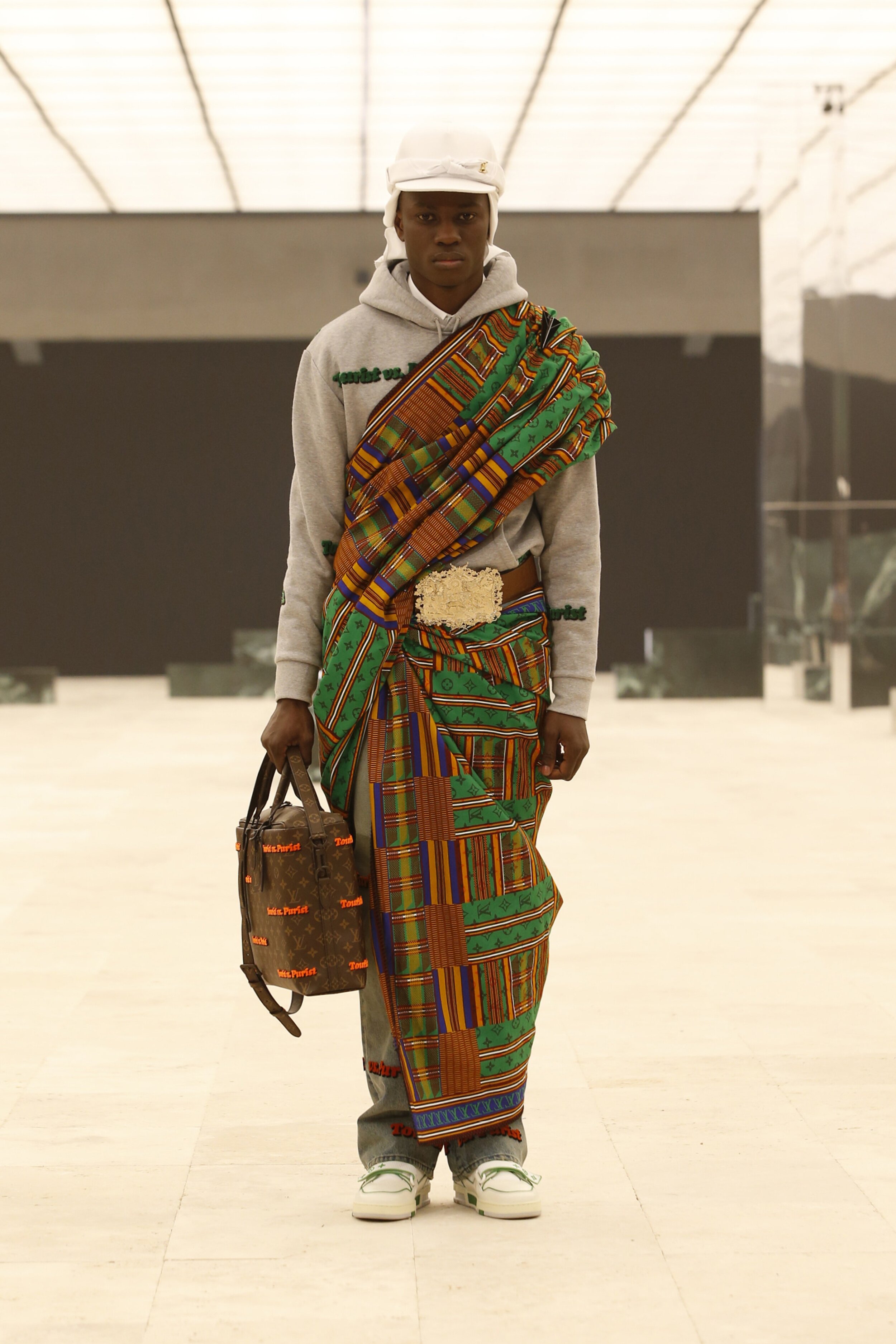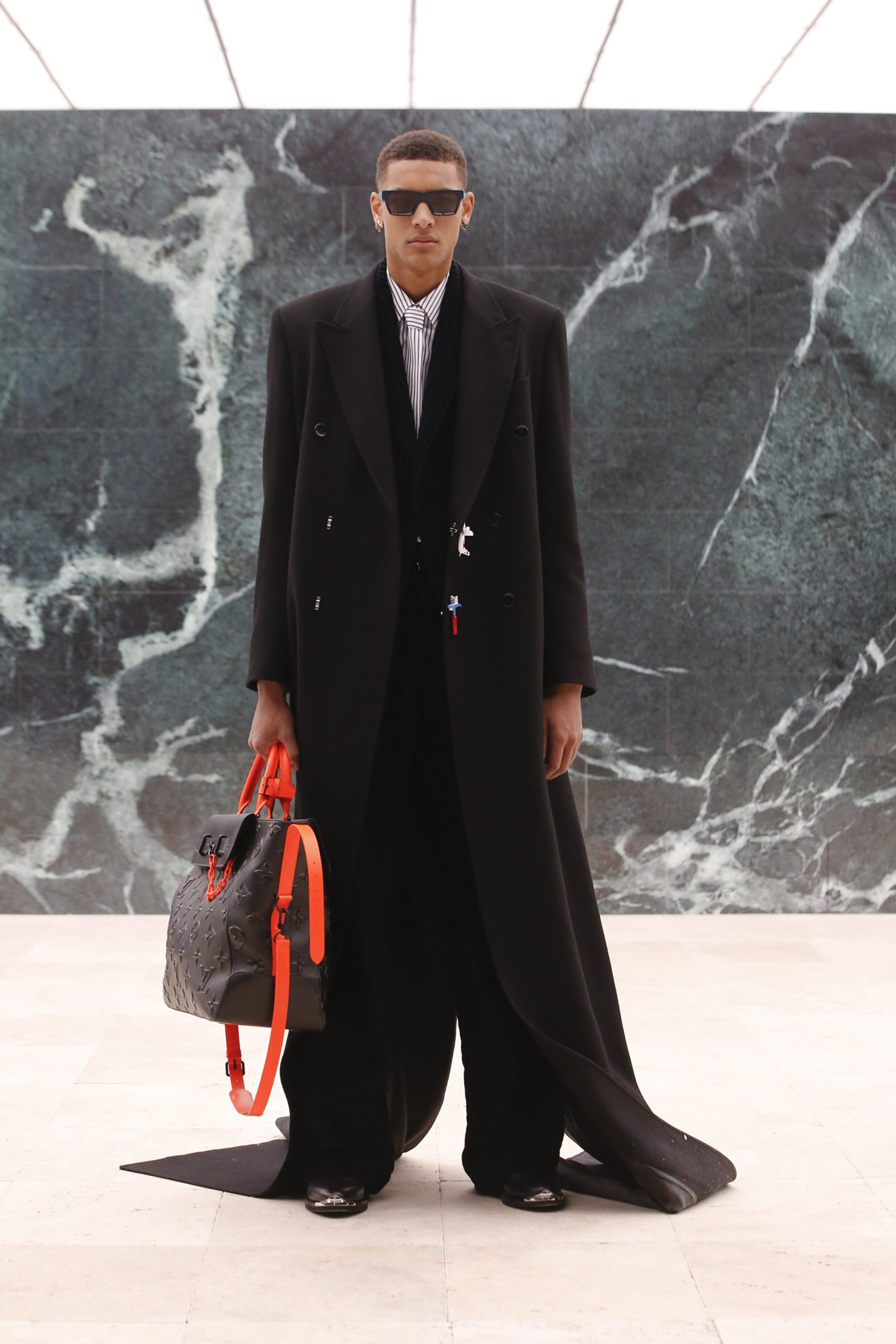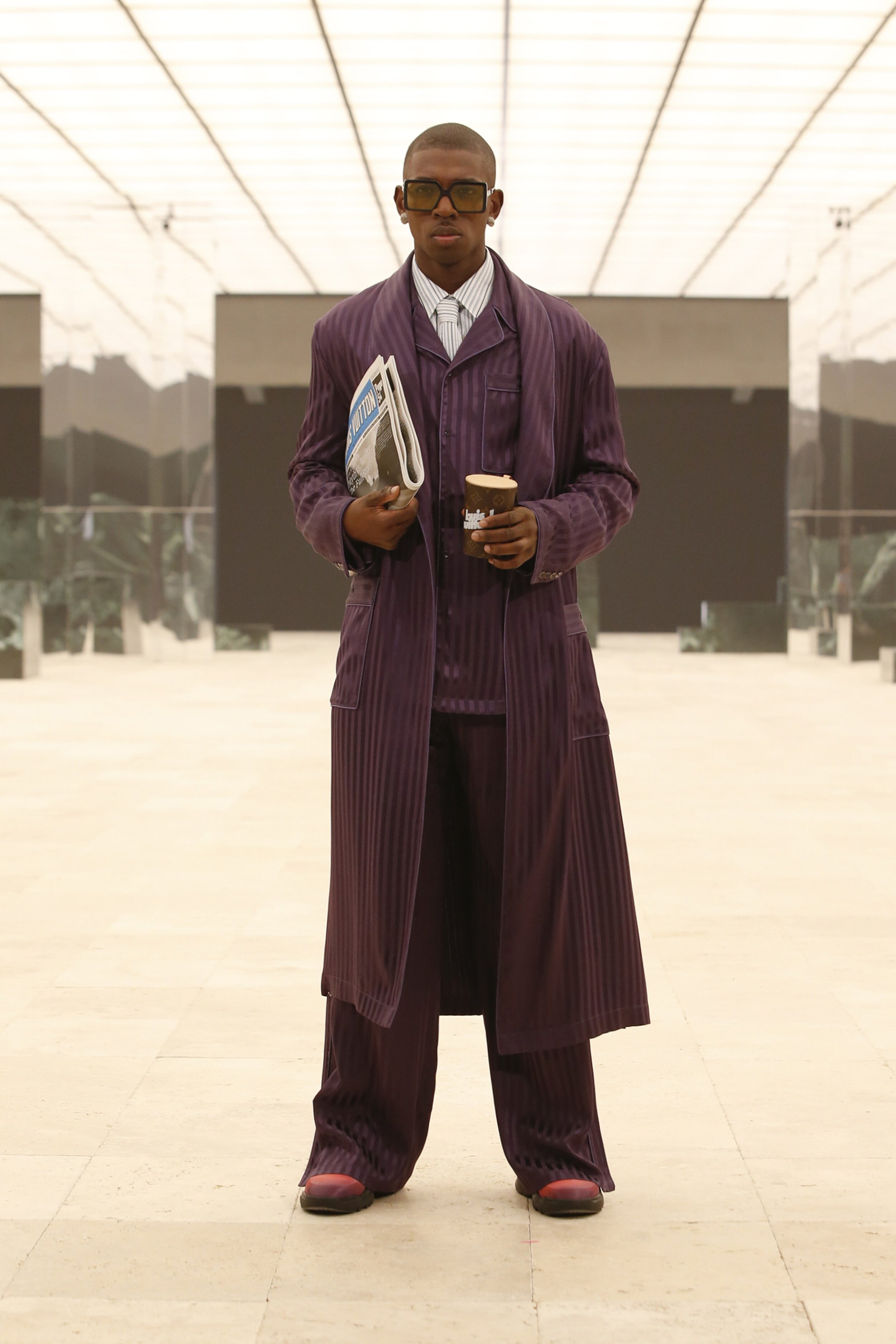Benefit of the Doubt: Westside Gunn - “327”
Short preface: Virgil Abloh, in addition to being mentioned a few times in the song “327” by Westside Gunn, designed the cover for the album which the song appears on, and is a staple figure in hip hop. “327” is also a wonderful example of where rap music lives right now, at the cutting edge of pop culture.
I’ve been a vocal opponent of Virgil Abloh for a long, long time. A quick scroll through my Twitter would verify that extremely quickly. Although I won’t take back what I’ve said in the past, I think it’s only fair to give credit where it’s due. Virgil has been around for about 10 years at this point, working for Kanye early in his career before starting Pyrex Vision in 2012. Pyrex Vision, in my opinion, is the inception point for a lot of the toxicity in streetwear: Abloh, self-admittedly, bought blank clothing wholesale, screen-printed words and numbers on them, and then marked them up more than 10 times what he bought them for. Following this came hundreds of copycats, inflating their own prices artificially through exclusivity, with no creative merit to properly fulfill the value. Essentially, this killed creative merit in the streetwear sphere. Any dude with a little hype could screenprint a word/logo on clothing and sell it at extreme price points (see VLONE, Anti-Social Social Club, among others). Even Abloh himself reused the basic tenets of this idea with his following brand Off-White. Off-White changed motifs, but largely remained the same from a creative standpoint, swapping numbers and the word ‘Pyrex’ for symbols and other words in quotation marks.
Virgil has explained his methods in many lectures, often answering any question about lack of creative merit by citing Marcel Duchamp, who famously passed off a urinal as art. The problem with this explanation, though, is that Duchamp did this a long time ago, made a career out of it, and then passed on. It’s been done, and any re-doing of what Duchamp already did has significantly less impact as a result. For me, this is infuriating, because not only has this lowered the bar for creativity in fashion, but also has raised the bar for exclusivity, such that even when something does have creative merit, it becomes so hyped and anticipated that the best chance of getting your hands on it is by shelling out way more than it’s worth by getting it resale. The damage Virgil has done in these cases is practically irreparable, as the culture has changed completely.
All this being said, I’ve had to come to terms with something over the past few weeks: that I like what Virgil has been doing lately. In 2018, Abloh was named artistic director for Louis Vuitton menswear. All opinions aside, this is a huge deal, a black man at the helm of one of the largest fashion brands in the world is a massive achievement. Regardless of what you think of his contribution to the culture in terms of art and clothing, he absolutely should be lauded for breaking into a cultural space largely held by white people. Now back to the opinions: in his first few collections at LV, Abloh proved that he had some prowess, with his runway shows including good structure, with decent pieces here and there, alongside some more gimmick-y pieces more reminiscent of the better things that have come out of Off-White. Even so, what the shows lacked was a certain creative fire, a statement, either in the narrative or in the clothes themselves. Certainly, this doesn’t completely write off the early collections, creating fashion at the highest level is no small task, but what makes a designer great is being able to make a real impact artistically. In Virgil’s latest, Louis Vuitton’s Fall 2021 collection, he put it together beautifully. For the first time, I can say with full certainty, that Abloh looked fully inward and drew from his own personal inspiration: his architecture background, his business and travel lifestyle, and his heritage.
Some of the motifs reflected with a heavy hand, the literal airplanes suggesting travel, the ‘tourist vs. purist’ slogan, or the jackets embellished with buildings from his US city past and Paris present. The more I think about it, I understand the less graceful thematic hints that Virgil left in the collection, forming a transitional path for his old fans, who may not be used to the type of statements Virgil is making currently, leading them to understand the collection in a different way. Beyond the more overall themes, the clothes are just good, the tailoring and maximalist use of the Louis Vuitton monogram, both staples of earlier collections, slot in better than they ever have before. The collection is cool, conceptual, creative, and has real world appeal, there isn’t anything else you could ask for. Twitter had been giving Virgil shit for a while, criticizing his most uninspired projects, and when this collection came out, someone on twitter remarked “bullying works!” If that were true, it probably wouldn’t have taken so long, but whatever spurned this creative introspection, I’m extremely happy about it, although a little bit torn. I will still hold Virgil accountable for what I believe are wrongs against fashion and art, but I’m happy to be proven wrong when I thought that he didn’t have it in him to put together something great. Only time will tell if the strength will continue, and although I probably won’t ever call myself a Virgil Abloh fan, I’m a fan of what he’s doing right now. (and that’s really hard for me to say)








